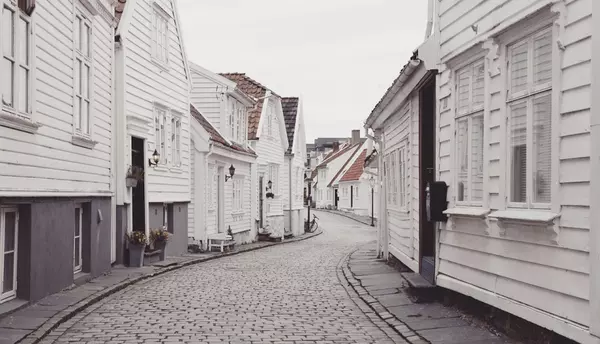I agree by electronic signature to the
Electronic Disclosure Consent; to receive recurring marketing communication from or on behalf of The Truss Team, including auto-dialed calls, texts, and artificial/prerecorded voice messages (consent not required to make a purchase; data rates may apply; reply “STOP” to opt-out of texts or ‘HELP” for help); and to the
Terms of Service and
Privacy Policy of this website. I understand that I can call to obtain direct assistance.

